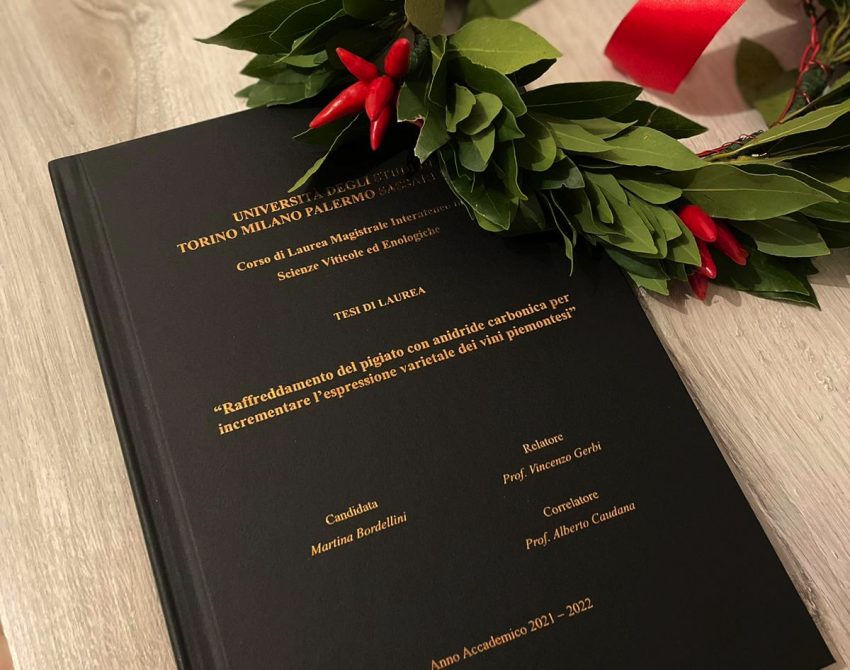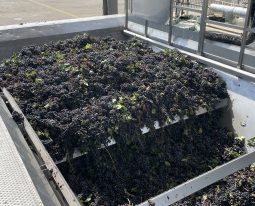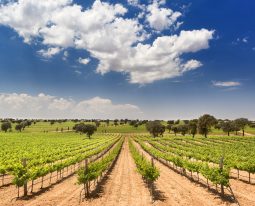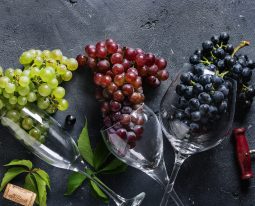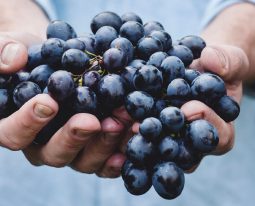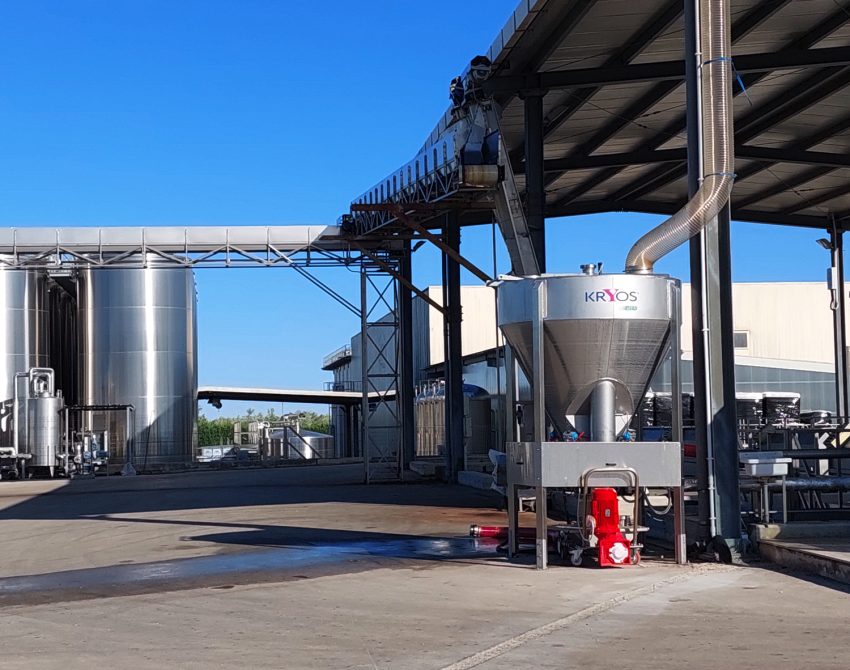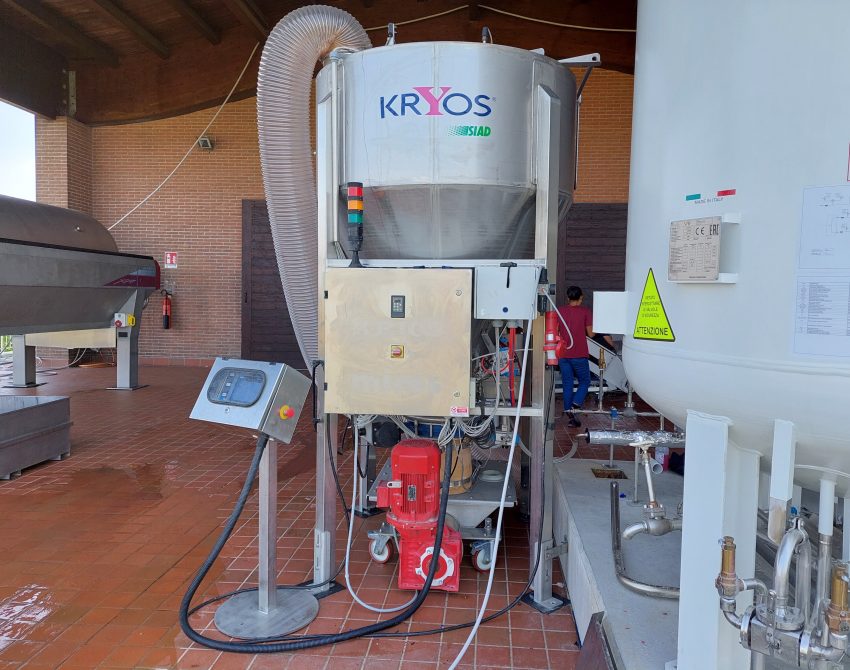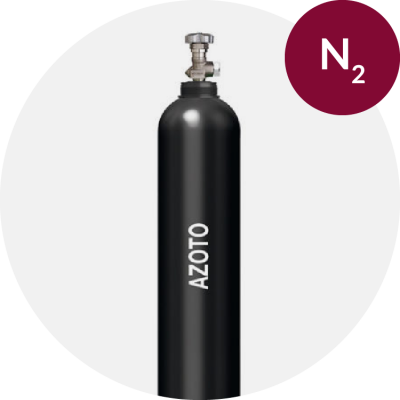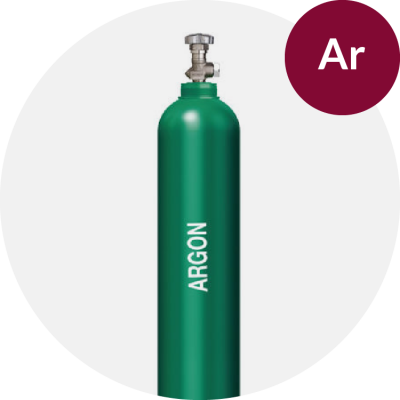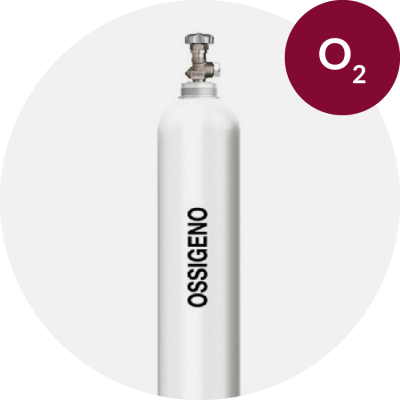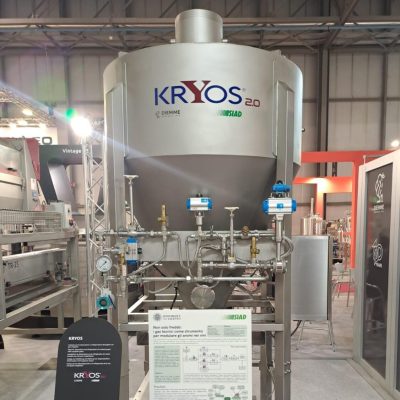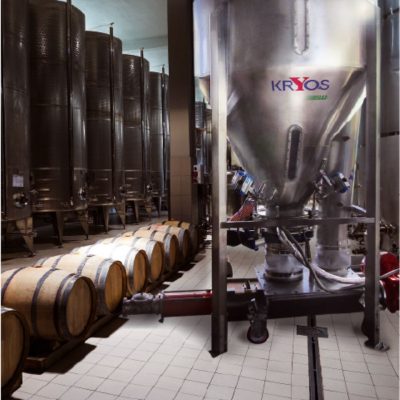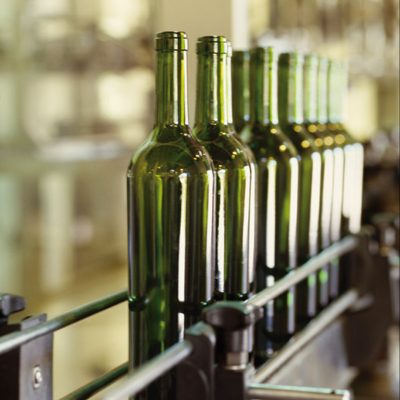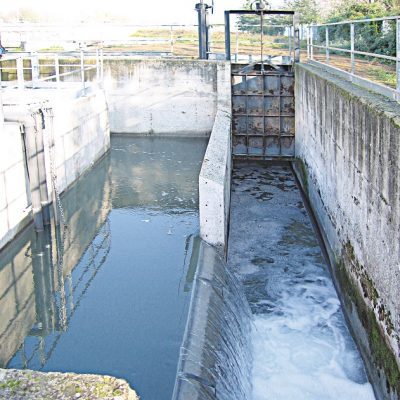Experimentation on cryomaceration in oenology, through the innovative use of CO2-based Kryos technology, is the focus of a dissertation signed by Martina Bordellini, a student in the University of Turin’s inter-college Master of Science in Viticulture and Oenology program. Together with the working group led by Alberto Caudana, lecturer at the University of Turin’s Food Technology degree program, he participated in the project entitled “Enhancement of Cortese-based wines by pre-fermentation maceration with cryogenic gas” conducted at Araldica Castelvero, Winery Il Cascinone.
The trial, conducted in conjunction with Carlo Manera, enologist and technical director of the Araldica – Castelvero Winery, from Gaetano Pio Liscio and Camilla De Paolis, oenologists from the Experimental Winery of the University of Turin, has won the second edition of the SIAD International Award, an initiative designed by the industrial group, in collaboration with OICCE (Interprofessional Organization for the Communication of Knowledge in Enology), in order to stimulate innovation in the use of technical gases in enology.
The fourth edition is open: click here to apply (by February 2023).
The thesis details experimentation on some Piedmontese grape varieties and the enhancement of their sensory component through innovative processing that can generate efficient and sustainable production.
The thesis on the cooling of the crush with carbon dioxide
The Martina Bordellini’s thesis title draws inspiration from the very project, “Cooling of crushed grapes with carbon dioxide to increase varietal expression of Piedmont wines” and, as stated in the paper itself, the purpose of the work “was to verify the effectiveness of a cryogenic cooling technique With carbon dioxide on some Piedmont grape varieties.”
The experimentation was performed using Kryos, a heat exchanger: “It operates continuously and is capable, thanks to the insufflation of liquid CO₂, of rapidly inerting and cooling the crushed grapes to a temperature suitable for the subsequent processing stages,” the thesis goes on to say, “Positioned downstream of the destemming machine, once the crushed grapes are received and after taking the liquid CO₂ required for the operation from a special cryogenic storage container, transfers it to the press devoid of oxygen, saturated with CO₂ and refrigerated.”
The main purpose of the trials was to evaluate the positive effects of the technology on the main quality traits of the grapes, including not only technological parameters but also aromatic ones.
“The grape varieties on which we operated,” Bordellini explains, “were Brachetto, Cortese, Nebbiolo and Sauvignon blanc. The methodology involved comparing traditional techniques with the use of cryogenic technology. The results confirmed expectations: they show that the use of cryogenic gas is important for preserving the quality characteristics of musts, as the cooling and inerting brought by the gas limits the activity of spontaneous microorganisms and safeguards more easily oxidized compounds. Due to climatic changes that impose increasingly earlier harvests, cooling the crushed grapes for rapid control of alcoholic fermentation is an increasingly topical issue, and not only in white winemaking.”
The role of research in innovation
The experimentation was supported by the SIAD Prize, now in its fourth edition and promoted precisely to support research in oenology. “Participation in this initiative has provided a concrete and decisive incentive,” stresses Bordellini – going to explore the innovative role of gases in wineries and wine production.
The award is aimed at university researchers, technicians, students, companies and consortia that are able to develop new solutions in the application of gases, encompassing the entire process, from processing in the vineyard to the final moments in the winery.
Applications can be submitted by February 28, 2023: click here to read and download the call for applications.
It is not the usual cryomaceration, it is Kryomaceration.
